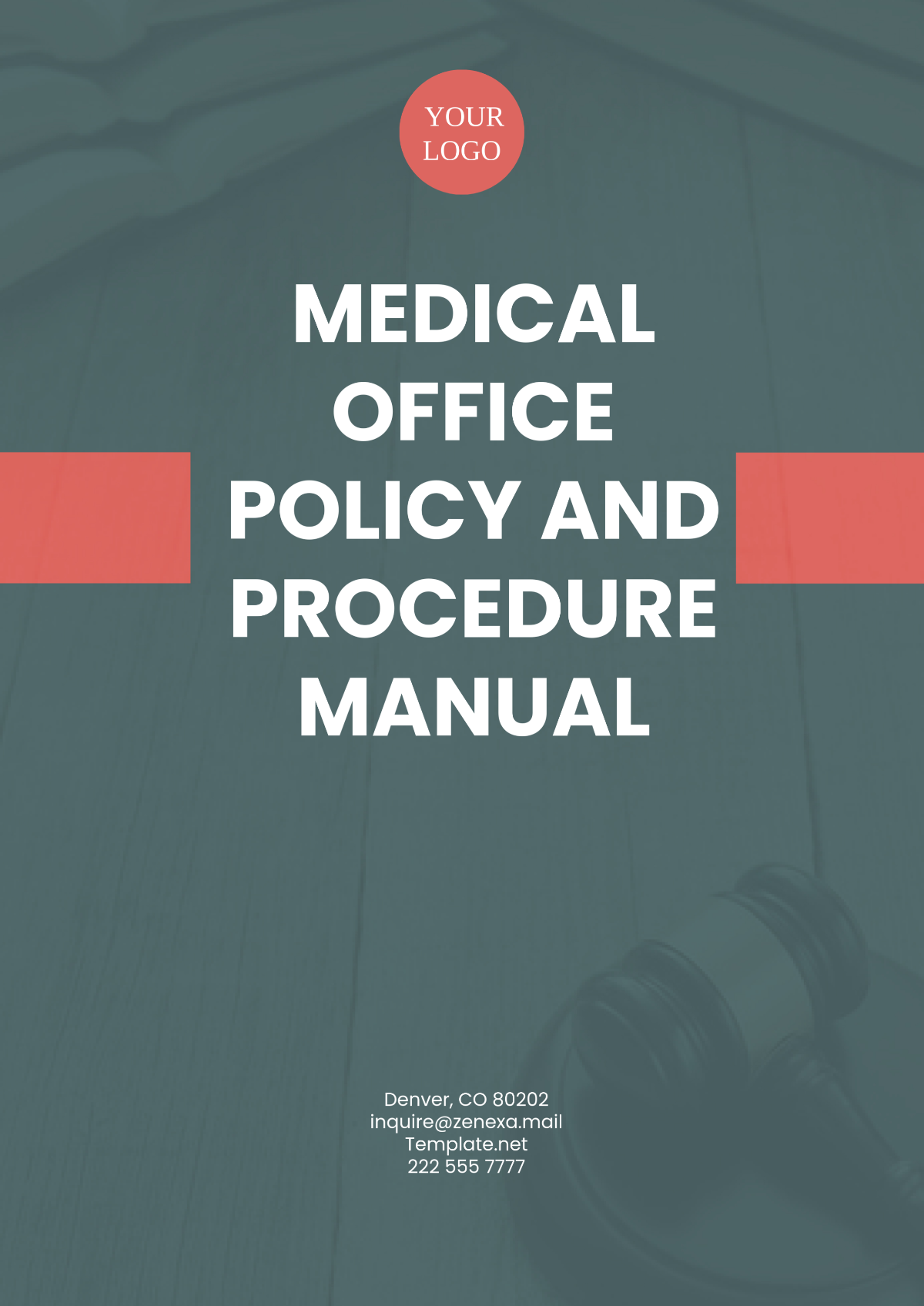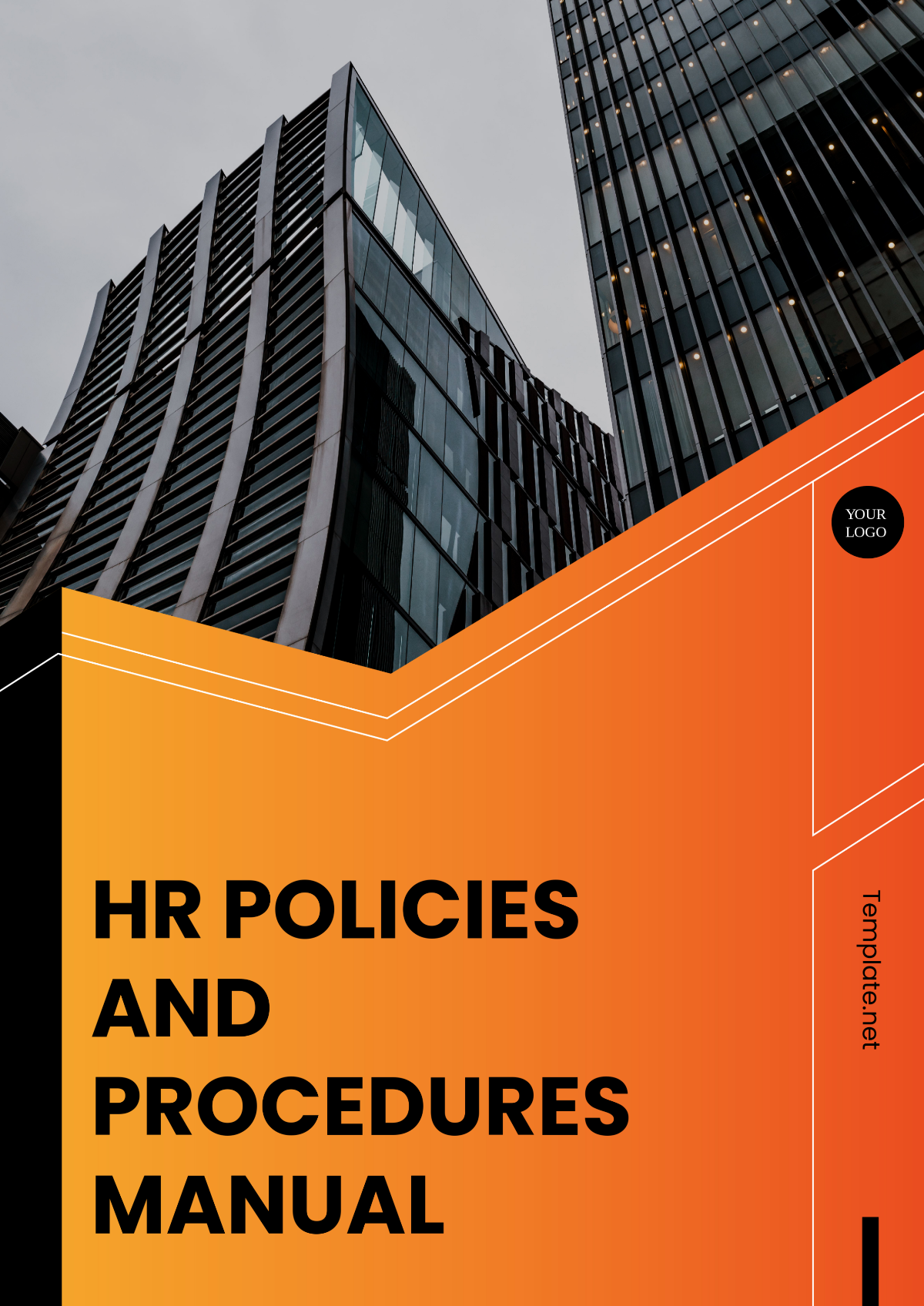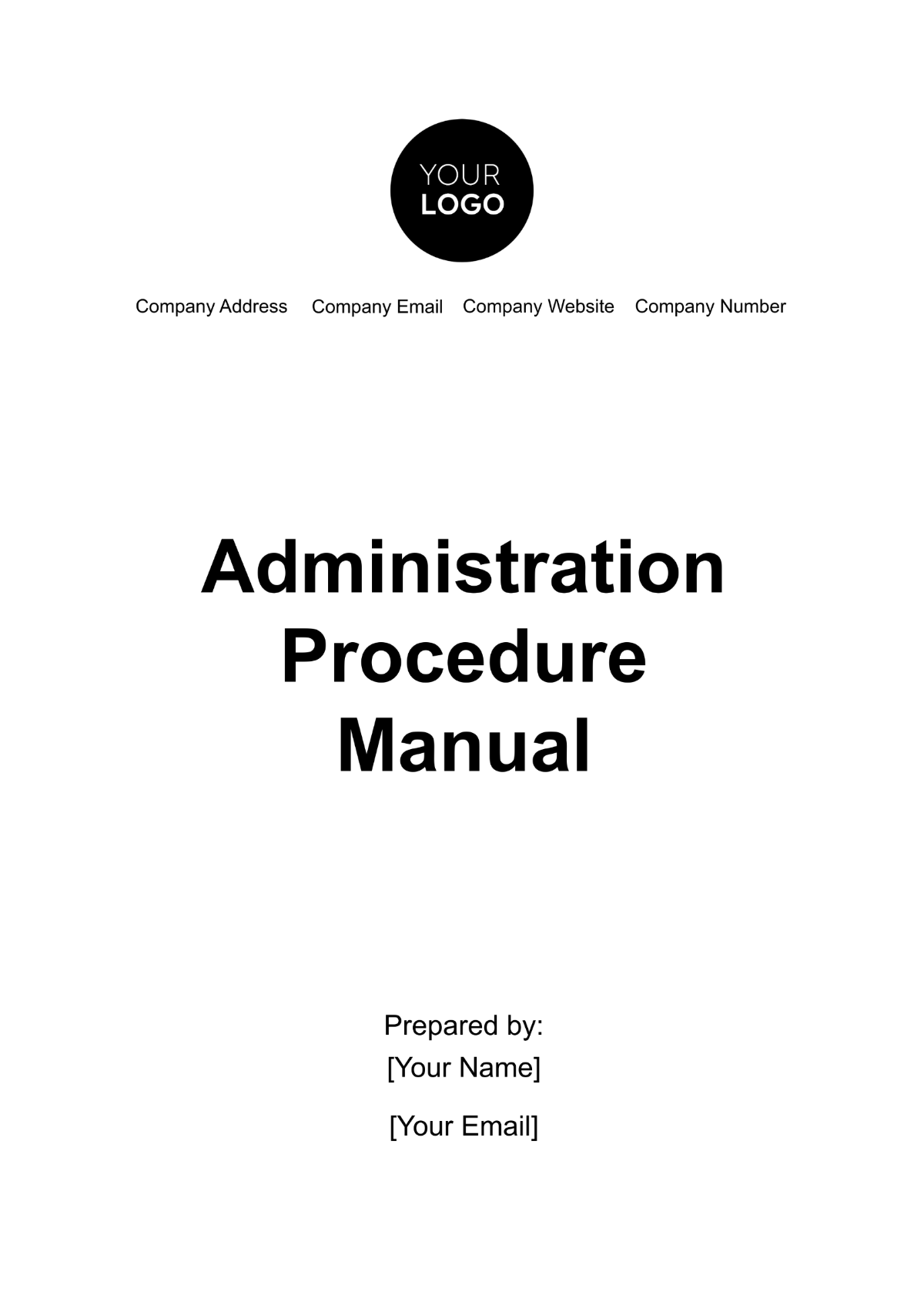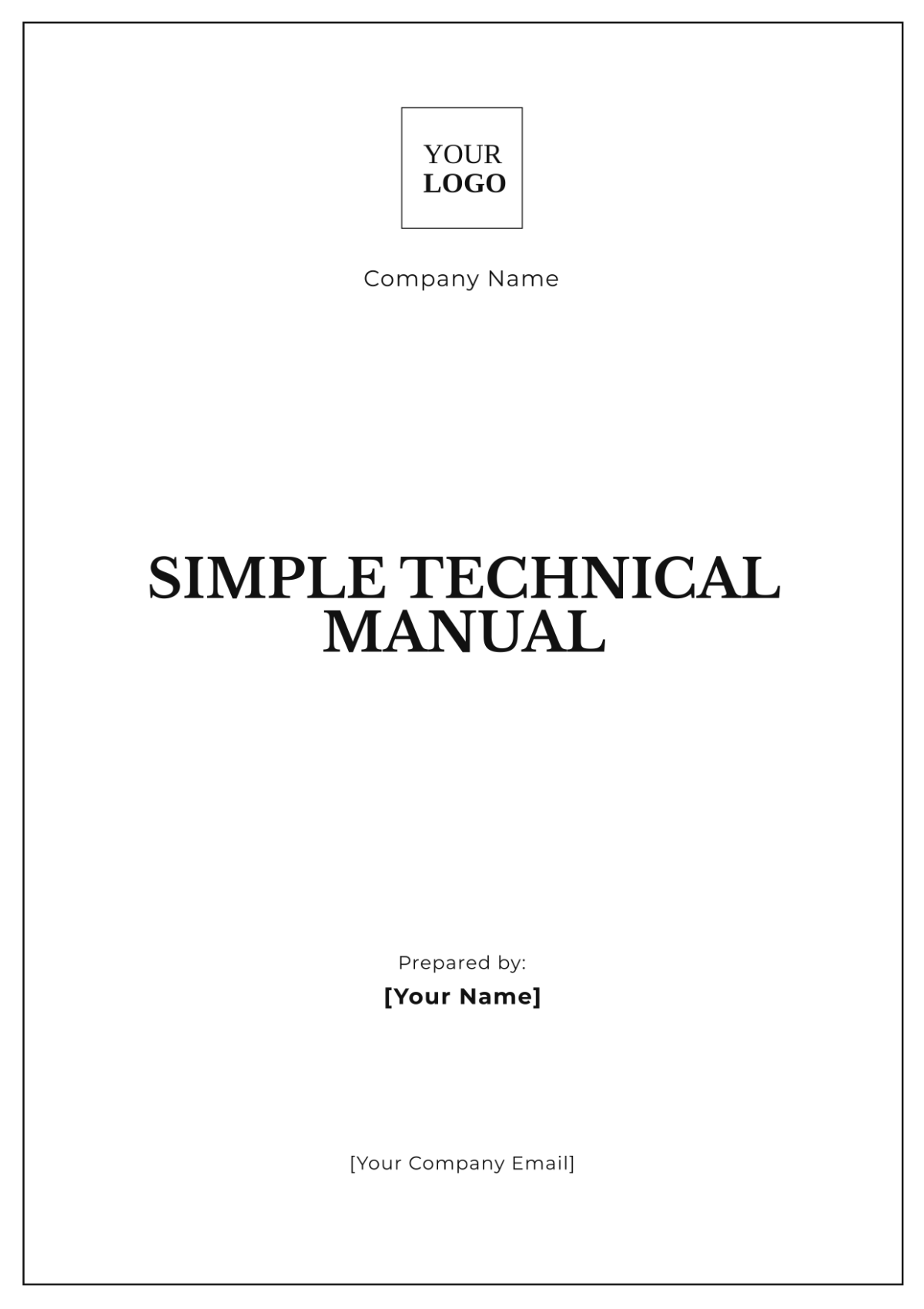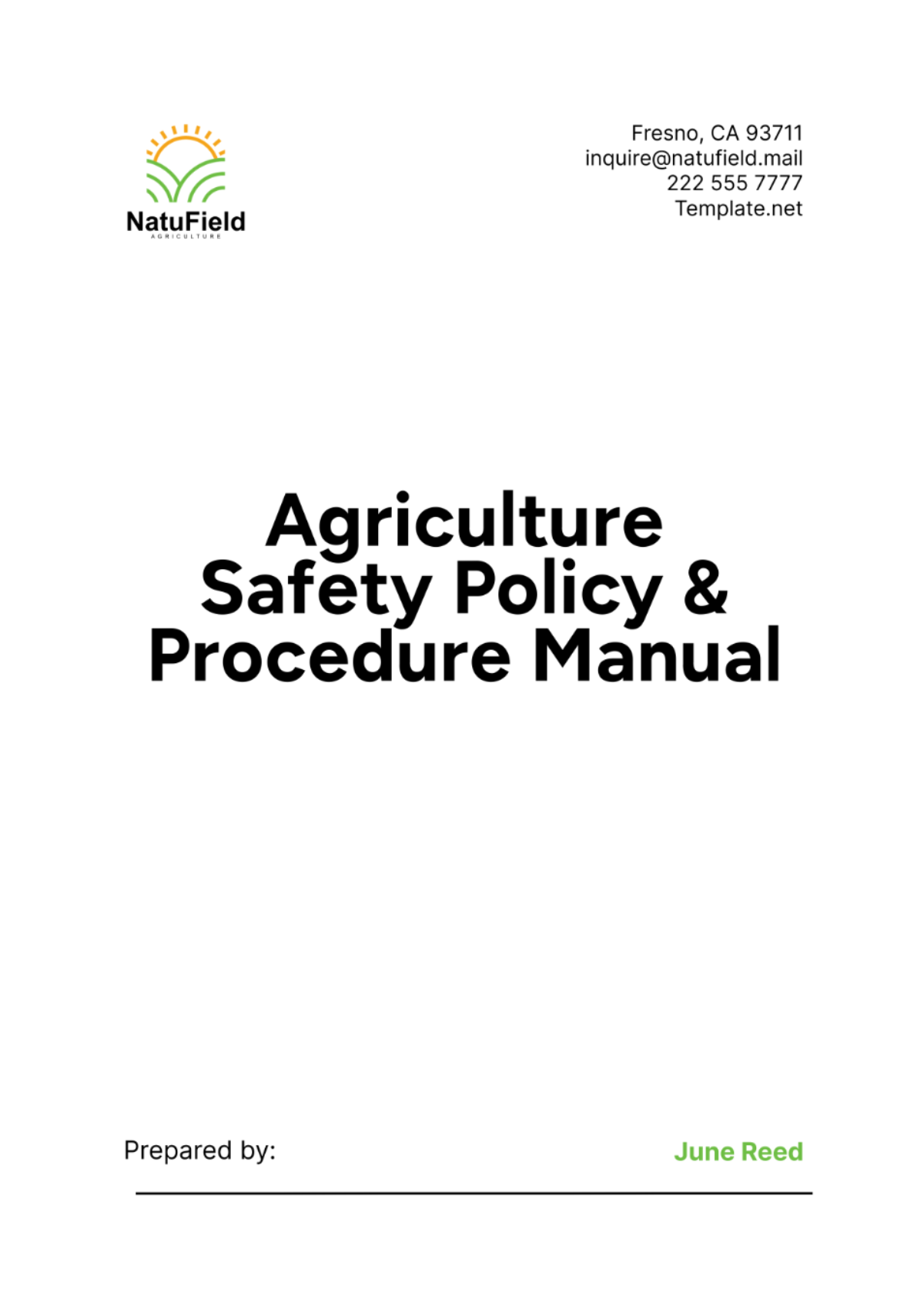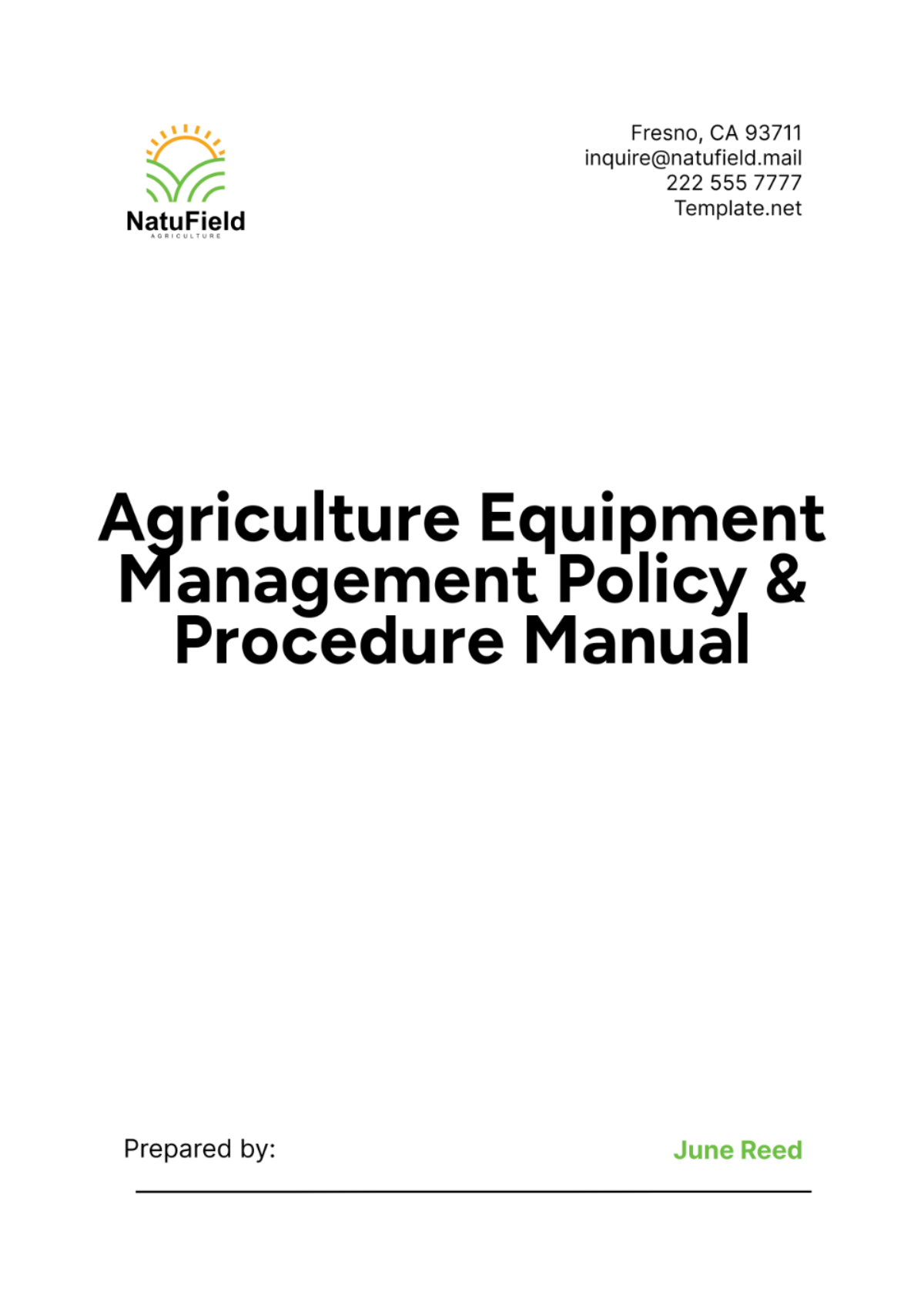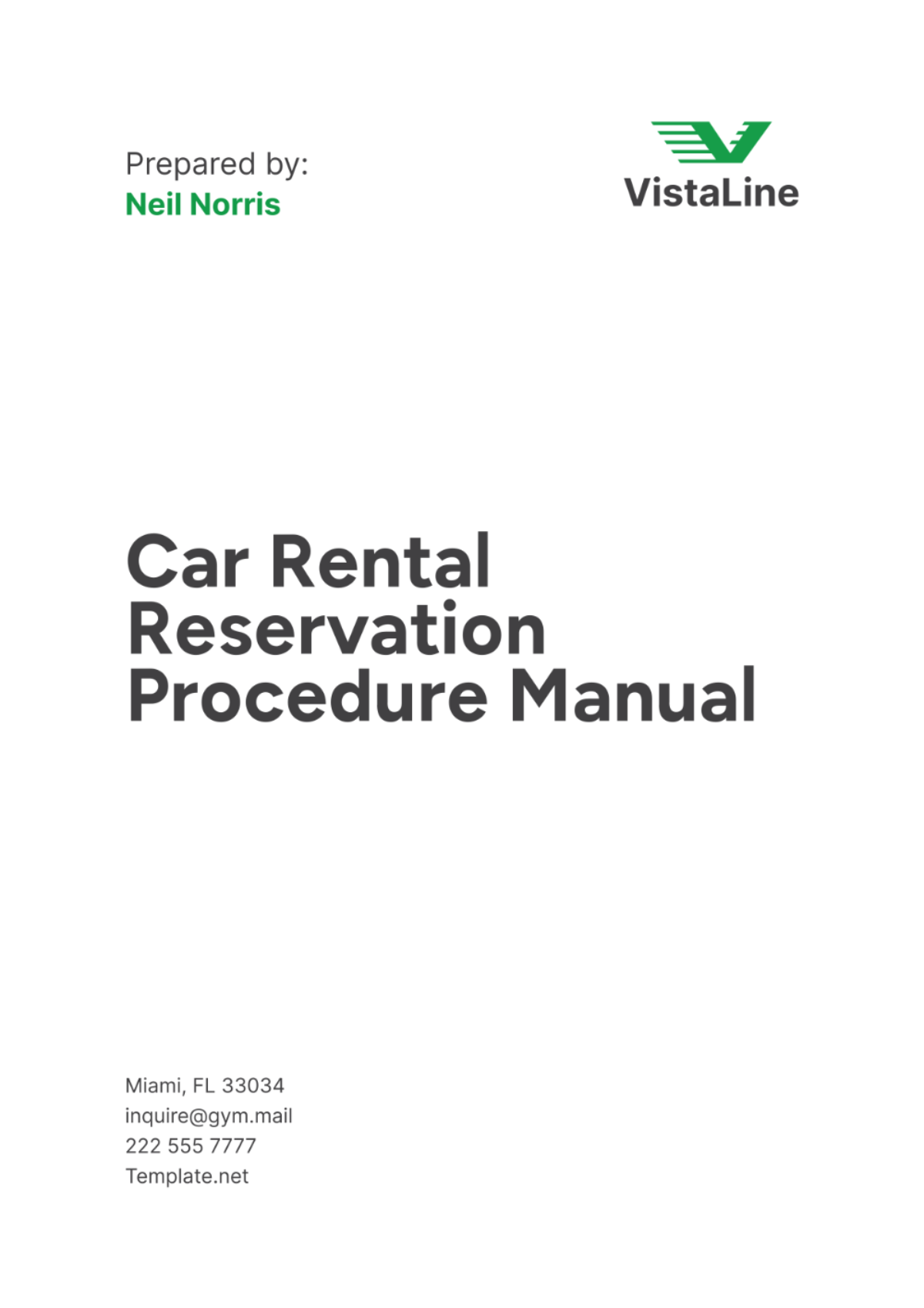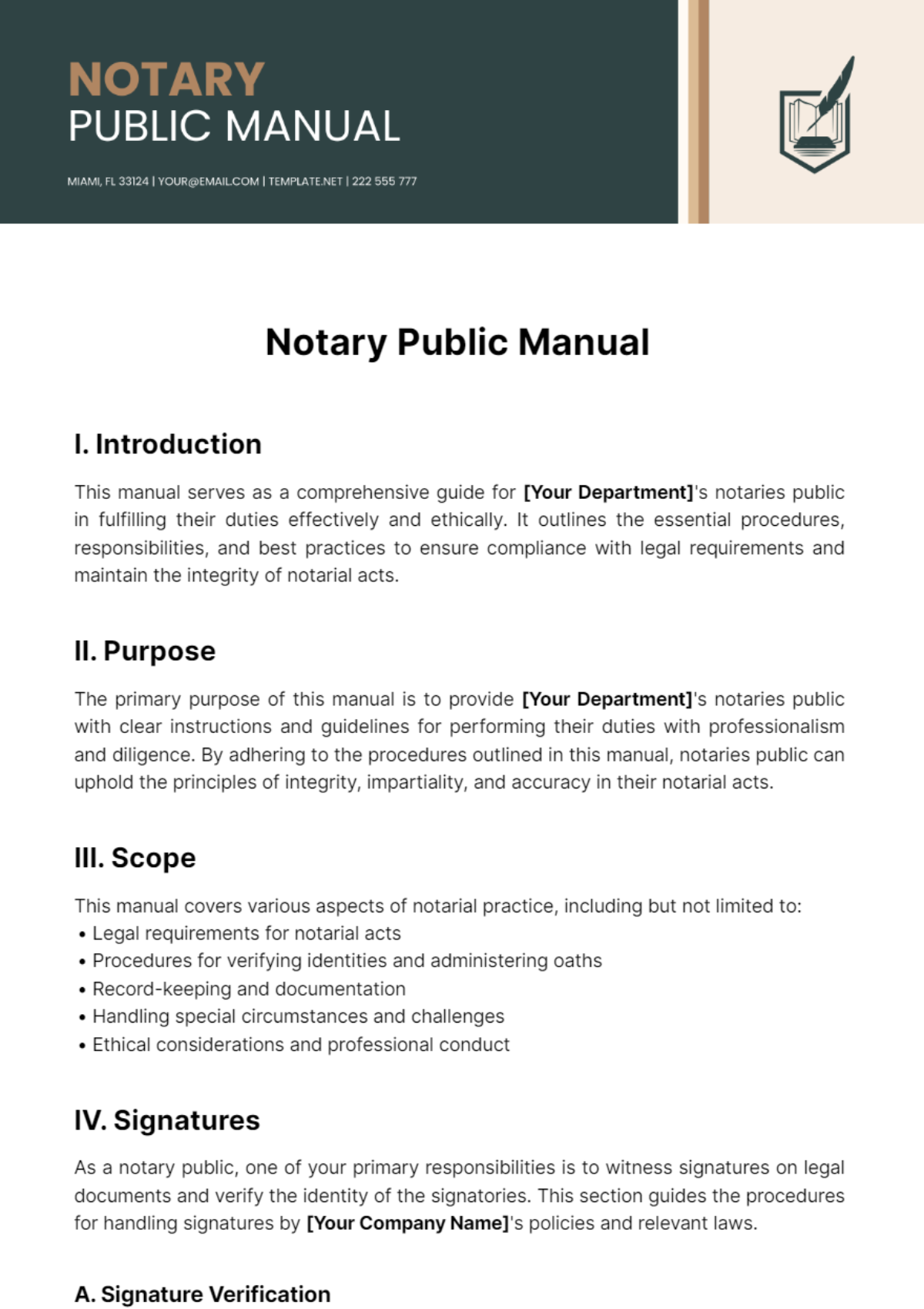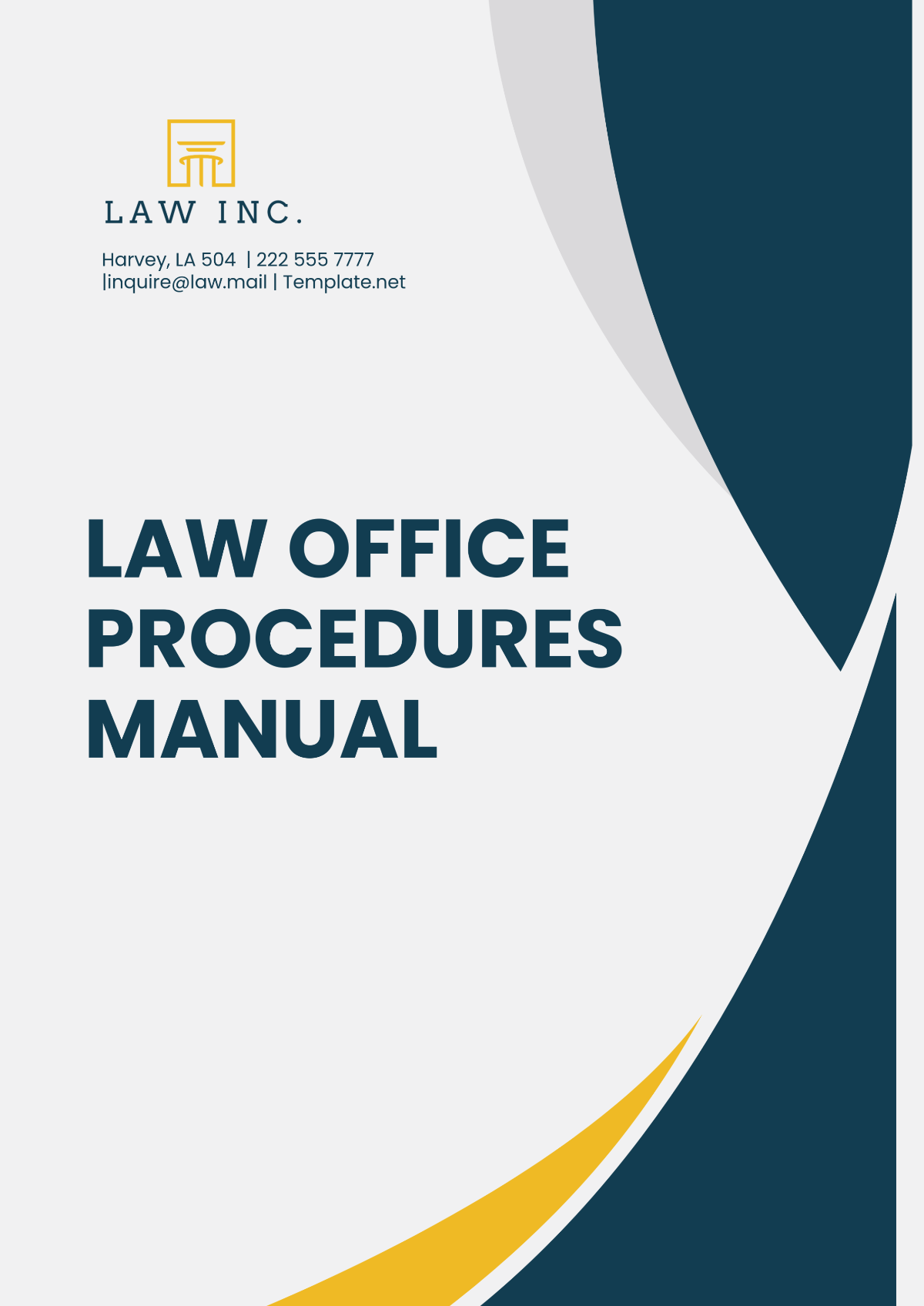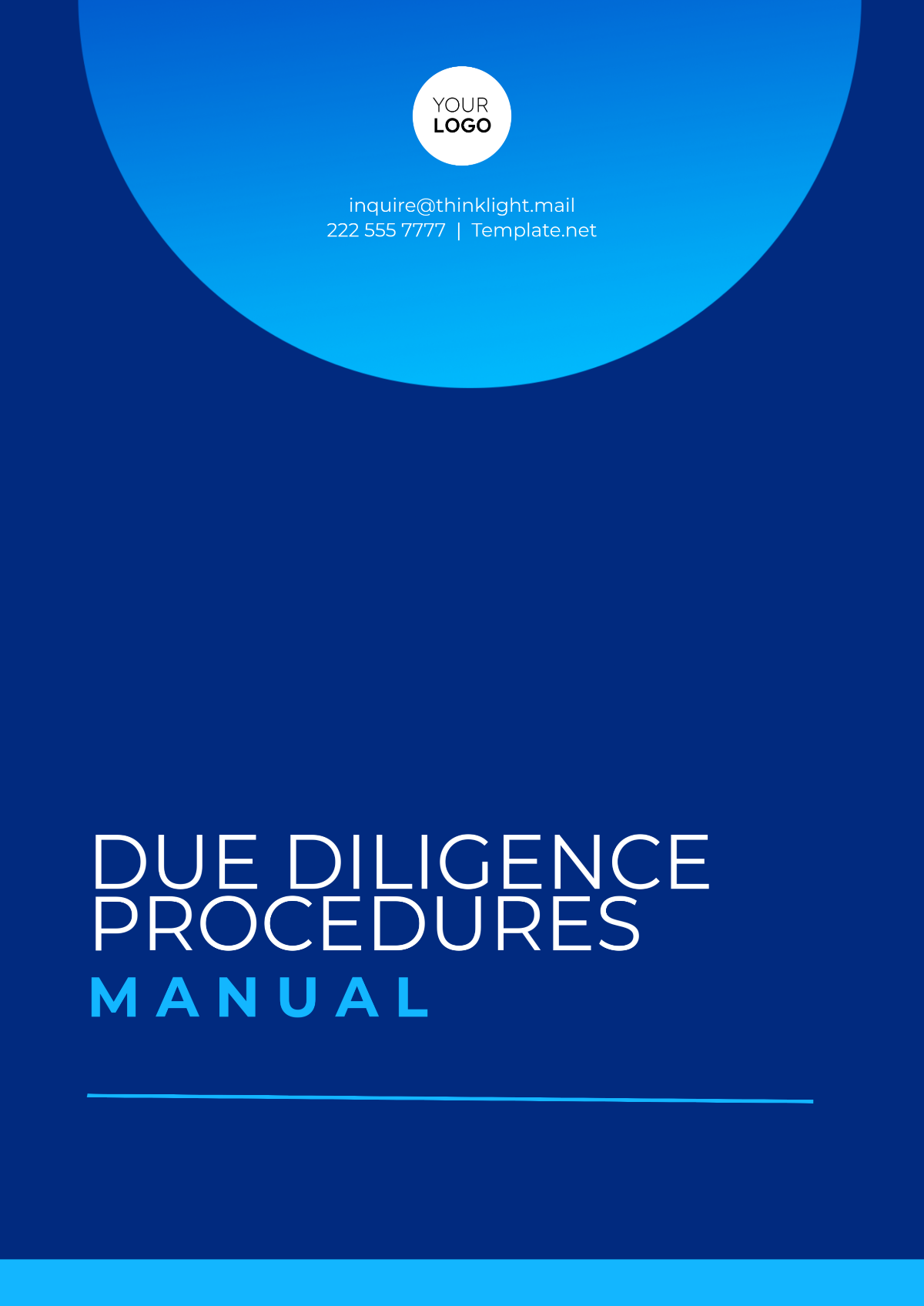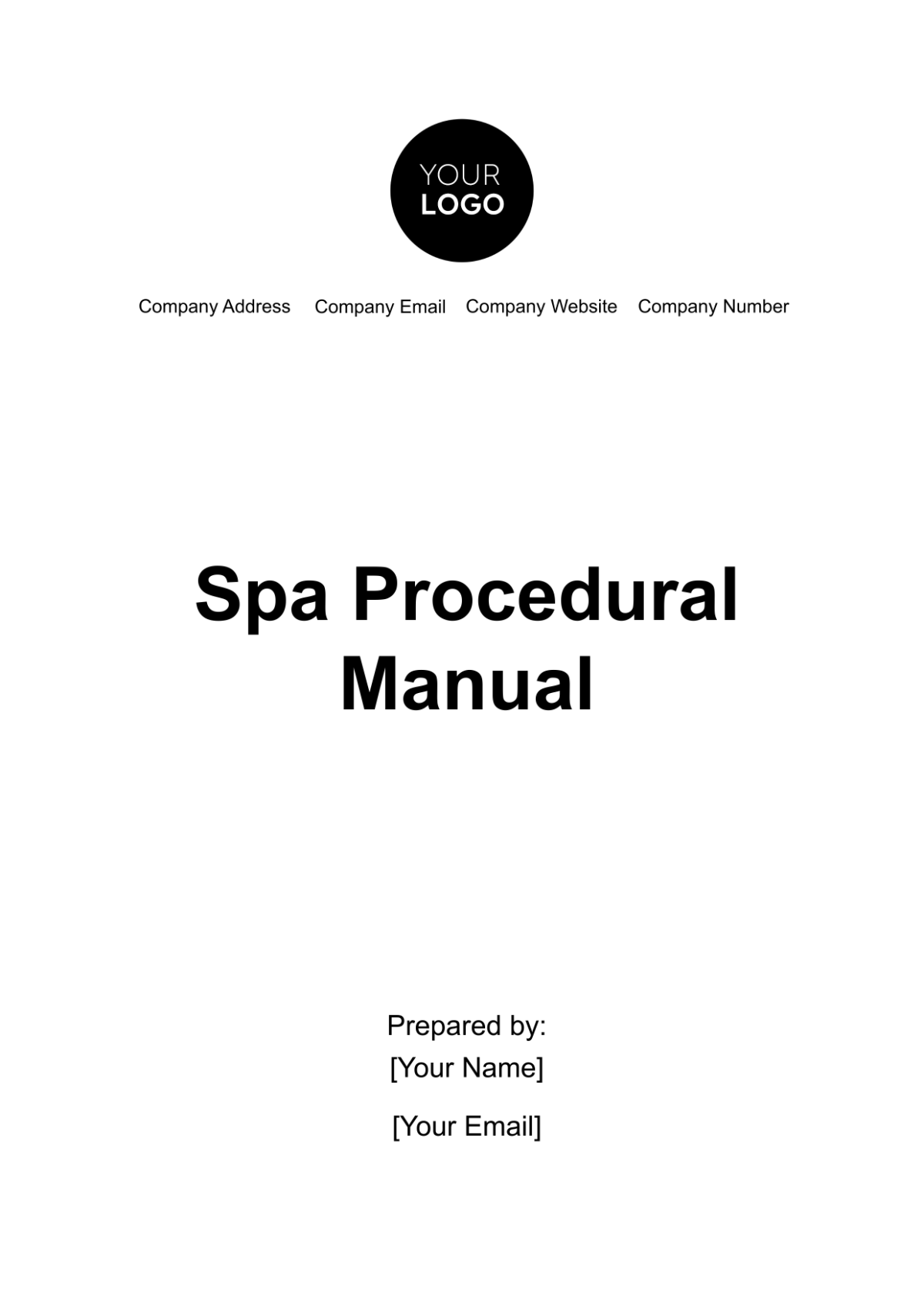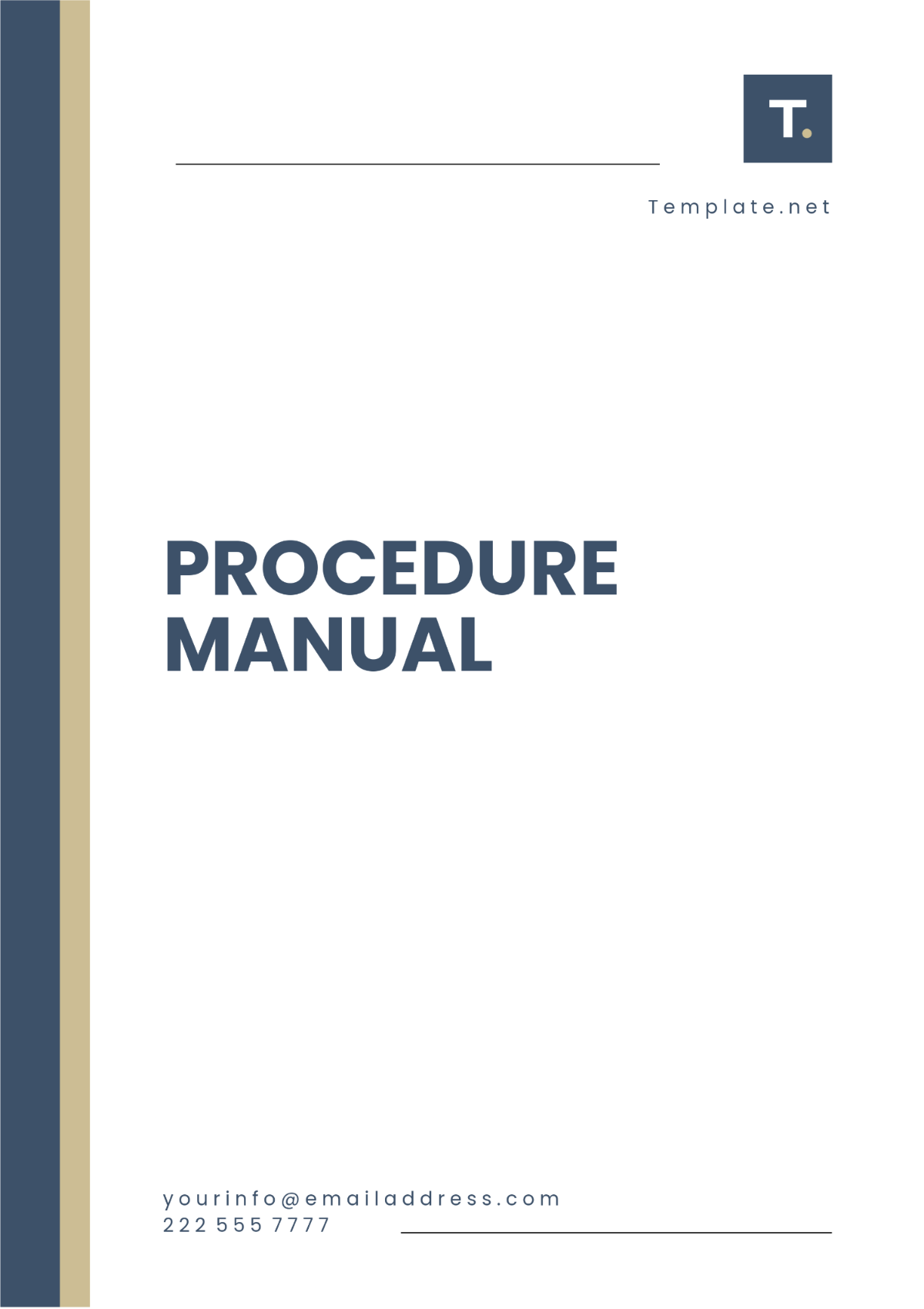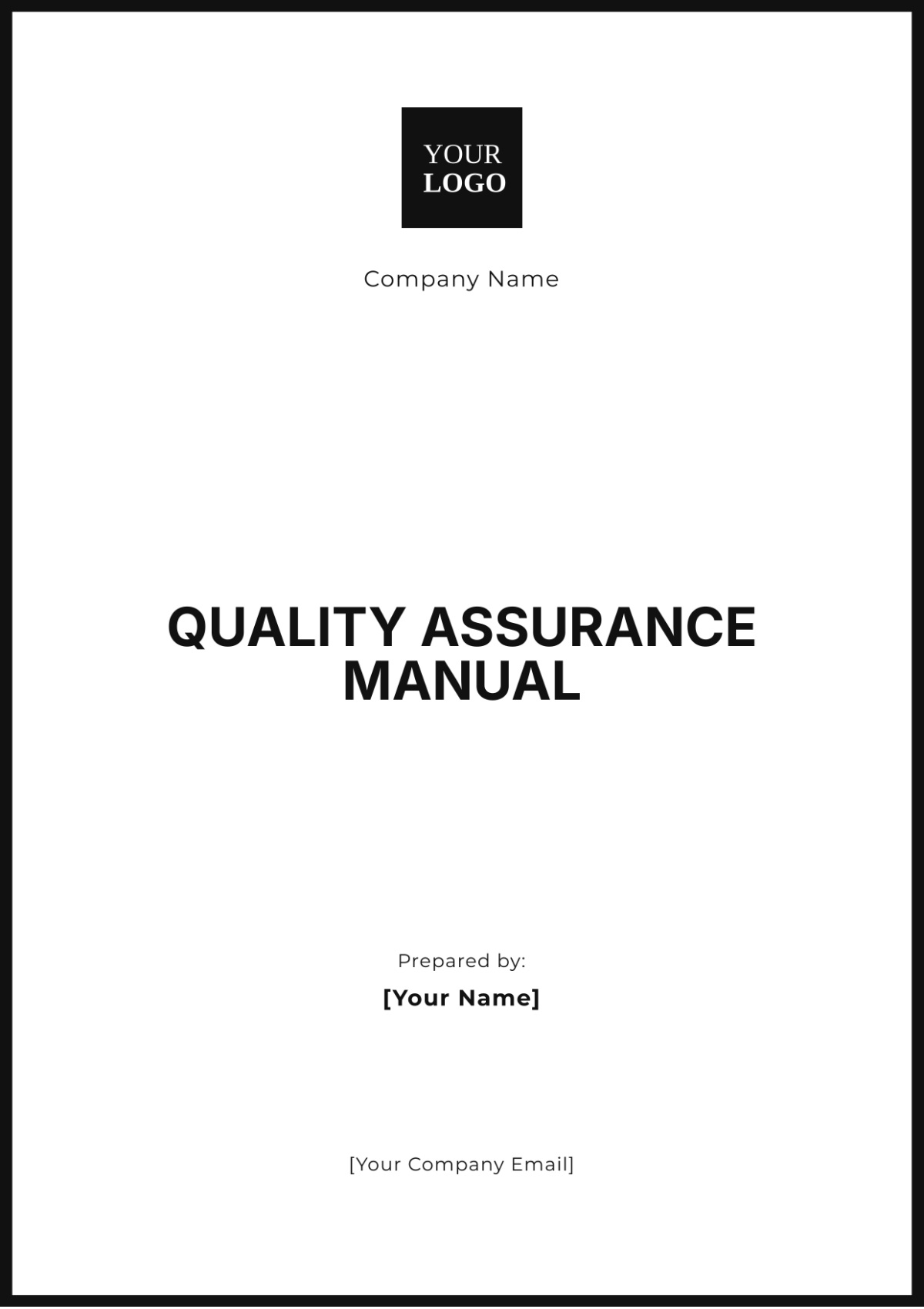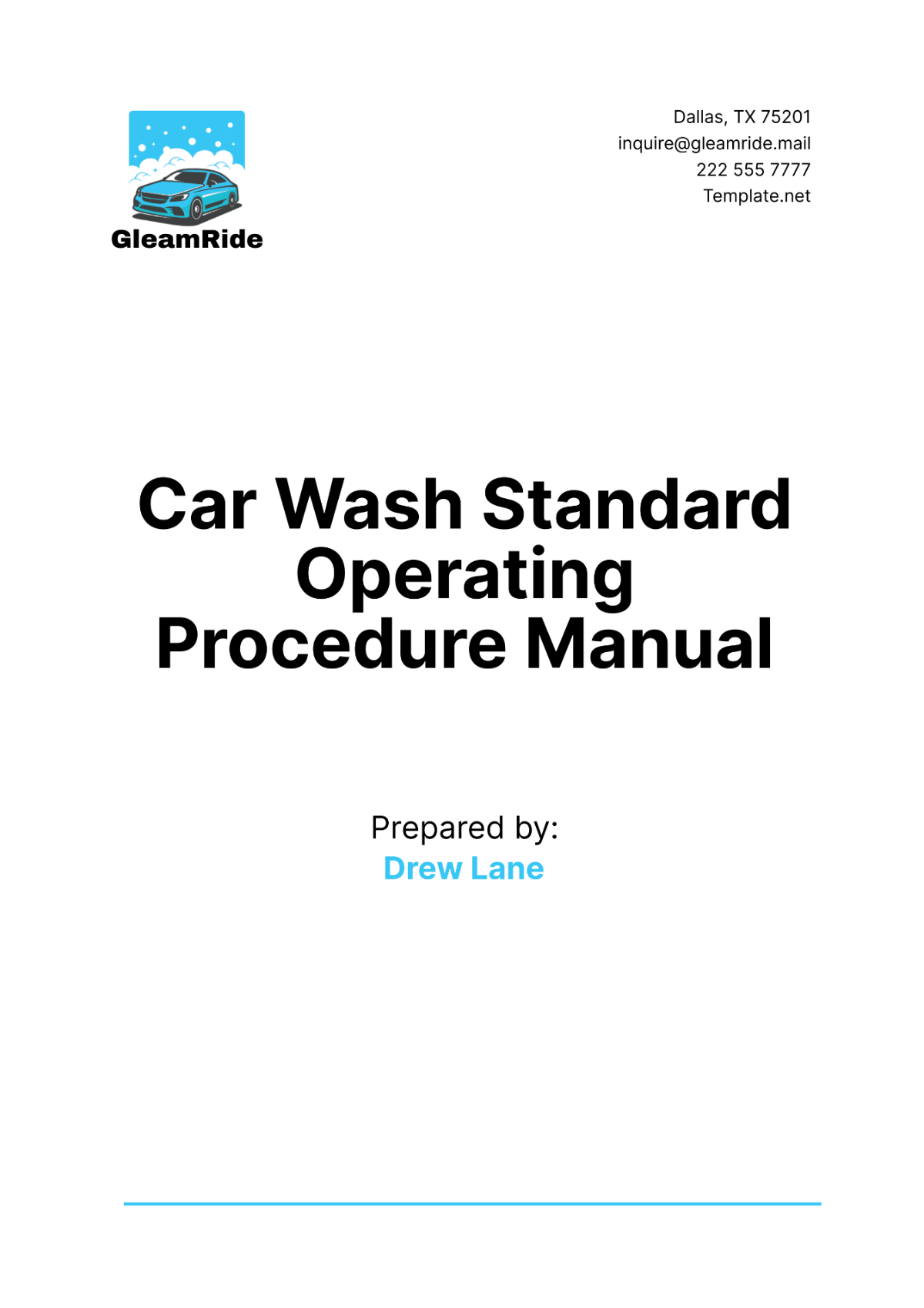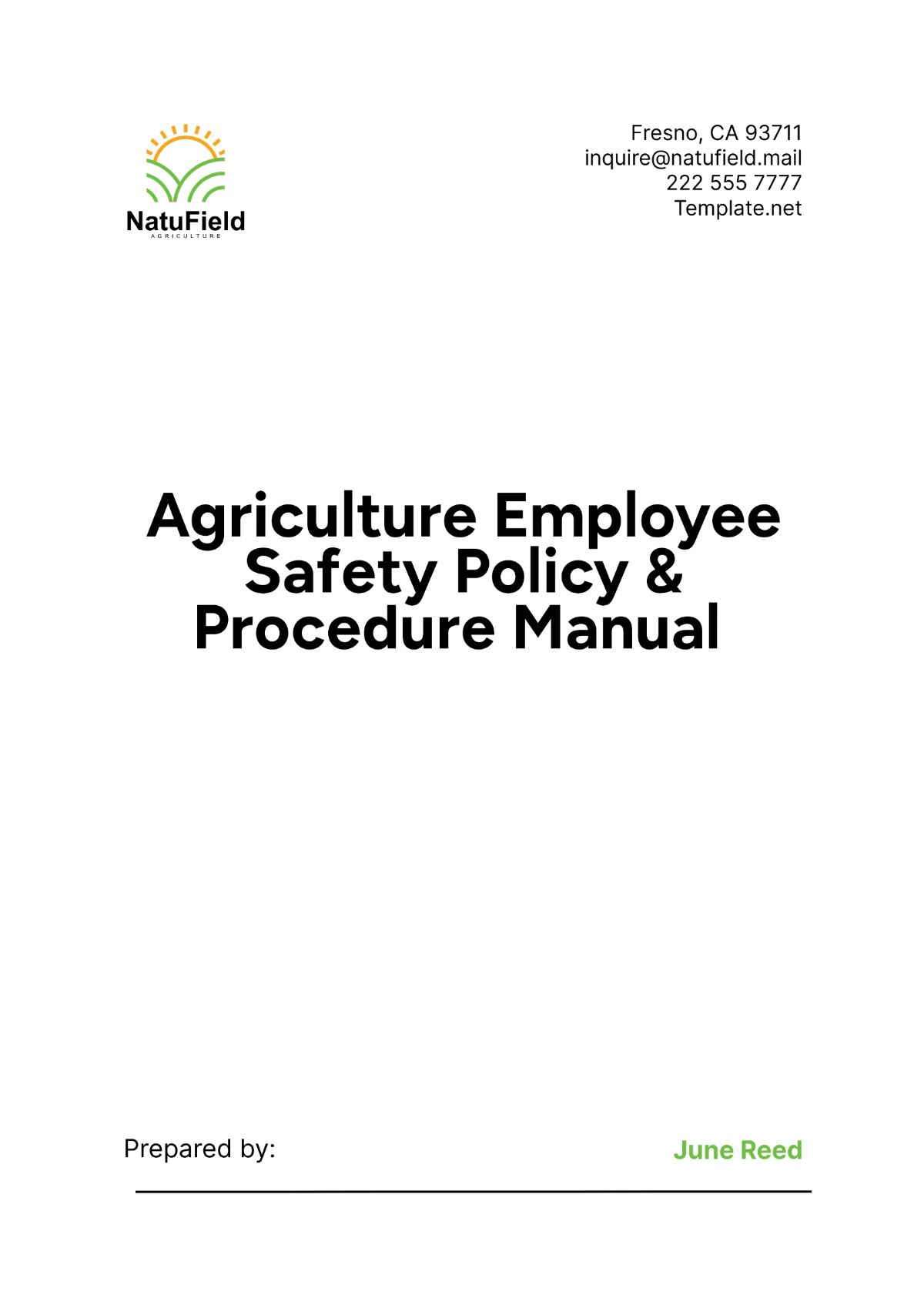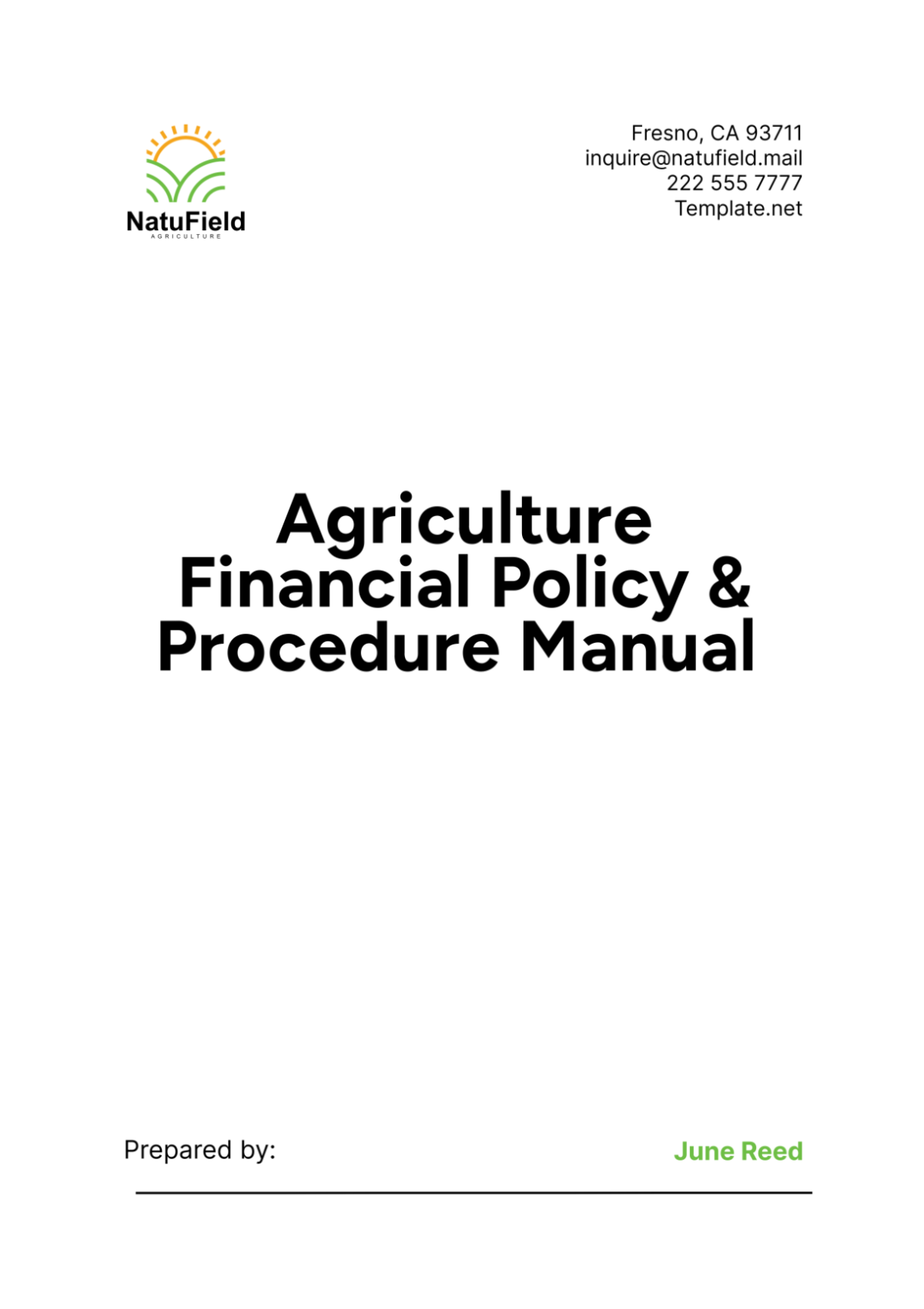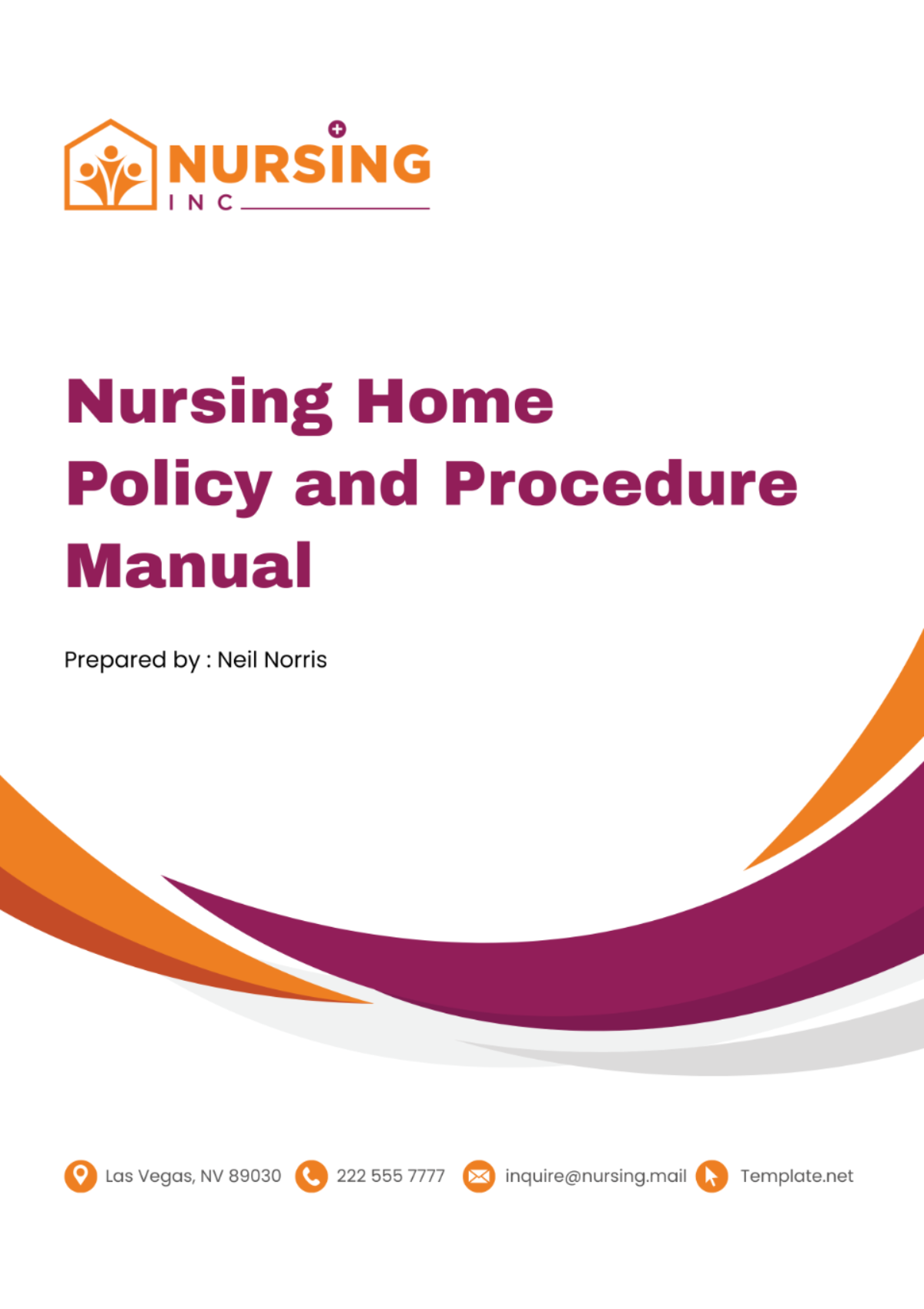I. Introduction
A. Purpose of the Manual
This manual is designed to serve as a comprehensive guide for our procurement activities, ensuring that all procurement processes are conducted in a consistent, transparent, efficient, and ethical manner. It aims to provide clear instructions and guidelines to our staff and stakeholders involved in procurement, facilitating the acquisition of goods, services, and works that meet our needs while achieving the best value for money.
B. Scope and Applicability
The guidelines and procedures outlined in this manual apply to all procurement activities undertaken by us. This encompasses the procurement of goods, services, and works, regardless of the source of funding. It is applicable to all departments and employees involved in the procurement process, from the planning stage to the contract management phase.
C. Legal and Regulatory Framework
Our procurement activities are governed by a comprehensive set of laws and regulations designed to ensure fairness, transparency, and competition. This includes adherence to the Federal Acquisition Regulation (FAR), applicable state procurement laws, and any other relevant U.S. regulations. This framework establishes the legal basis for our procurement actions and ensures that we operate within the bounds of federal and state law.
D. Definitions of Key Terms
Procurement: The process of acquiring goods, services, and works from external sources.
Tender: A formal and structured invitation to suppliers to submit bids to supply goods or services.
Bid: A proposal submitted by a supplier in response to a tender.
Contract: A legally binding agreement between us and a supplier for the provision of goods, services, or works.
Supplier: An external entity that provides goods, services, or works.
II. Procurement Principles
A. Transparency
We are committed to ensuring transparency in all our procurement activities. This means that all processes, from tendering to contract award and management, are conducted in an open manner. Information about procurement opportunities, decisions, and contract awards will be made available to all interested parties, ensuring that our procurement practices are accessible and clearly understood.
B. Fairness and Equity
Fairness and equity are fundamental to our procurement processes. We ensure that all potential suppliers are treated equally, with decisions made on an impartial basis. This principle guarantees that no supplier is given preferential treatment and that all have the same opportunity to compete for business.
C. Competition
We strive to foster competition among suppliers as it drives value for money, innovation, and efficiency. By encouraging a competitive procurement environment, we ensure that we receive the best possible offers in terms of quality, cost, and service. Competitive procurement practices are essential for achieving optimal outcomes for our organization.
D. Value for Money
Achieving value for money is a core objective of our procurement activities. This principle goes beyond choosing the lowest bid; it involves assessing the best combination of quality, cost, and sustainability that meets our needs. We consider the total life cycle cost of goods, services, and works in our decision-making process.
E. Ethics and Integrity
Ethics and integrity are the cornerstones of our procurement operations. We conduct our procurement activities with the highest standards of honesty and fairness. This includes adhering to a strict code of conduct, avoiding conflicts of interest, and taking decisive action against fraud and corruption. Our commitment to ethics and integrity ensures that our procurement practices are beyond reproach.
III. Organization and Roles
Our procurement activities are structured to ensure efficiency, accountability, and compliance with our procurement policies and principles. The organization of roles within our procurement process is designed to leverage the expertise of various departments and personnel, ensuring that procurement decisions are made judiciously and in alignment with our strategic objectives.
Role | Responsibilities | Department |
Procurement Officer | Oversees all procurement activities, ensuring compliance with policies and regulations. | Procurement |
Department Heads | Identify procurement needs and specifications, approve requisitions. | Various |
Finance Officer | Ensures that procurement activities align with budget and financial policies. | Finance |
Compliance Officer | Monitors procurement processes for adherence to legal and ethical standards. | Compliance |
Contracts Manager | Manages contract negotiations, execution, and performance monitoring. | Legal |
IV. Procurement Planning
A. Strategic Procurement Planning
Strategic procurement planning involves the long-term planning of procurement activities in alignment with our organizational goals and objectives. This process ensures that procurement decisions support our strategic direction, optimize resource use, and achieve cost savings while maintaining quality and service standards.
B. Annual Procurement Plans
Creating an annual procurement plan is crucial for aligning procurement activities with our strategic objectives and budgetary constraints. This plan outlines our anticipated procurement needs over the fiscal year, enabling better planning, resource allocation, and supplier engagement. Here are guidelines:
Assess previous year's procurement activities for insights and improvements.
Identify all anticipated procurement needs across departments.
Prioritize procurement activities based on strategic importance and urgency.
Coordinate with finance to ensure alignment with the budget.
Develop a timeline for procurement activities, considering project timelines and seasonal influences.
Engage stakeholders in the planning process to ensure comprehensive needs assessment.
Review and update the plan periodically to reflect changes in organizational needs or market conditions.
C. Market Analysis and Supplier Engagement
Understanding the market and engaging with suppliers is essential for effective procurement. Market analysis helps us identify potential suppliers, understand market trends, and assess the competitiveness of pricing and service offerings. Here are guidelines:
Conduct regular market research to stay informed about industry trends and supplier capabilities.
Build relationships with potential suppliers through networking and industry events.
Evaluate supplier performance and reliability through references and past performance records.
Solicit feedback from suppliers on procurement processes to identify areas for improvement.
Encourage supplier diversity by engaging with small, local, and minority-owned businesses.
D. Budgeting and Financial Planning for Procurement
Effective budgeting and financial planning are critical to the success of our procurement activities. They ensure that funds are allocated appropriately, and procurement decisions are made with financial sustainability in mind. Here are guidelines:
Align procurement plans with our financial strategy and budget constraints.
Estimate the total cost of ownership for goods, services, and works being procured.
Set aside contingency funds to manage unexpected costs or changes in project scope.
Monitor spending against the budget regularly to identify variances and adjust plans as necessary.
Collaborate with the finance department to ensure funding availability and compliance with financial policies.
V. Procurement Methods
Our procurement activities utilize various methods, each suited to different types of procurement needs and circumstances. The choice of method is critical to achieving value for money, ensuring fairness, and complying with regulatory requirements.
Method | Conditions for Use |
Open Tendering | For high-value or high-impact procurements where maximum competition is desired. |
Restricted Tendering | When only pre-qualified suppliers are invited to bid, typically for specialized goods or services. |
Request for Quotations (RFQ) | For low-value, standard items where speed and efficiency are key. |
Direct Procurement | In exceptional cases where a specific supplier is the only source of the required goods or services. |
Competitive Dialogue | For complex projects where technical solutions or contract conditions may require discussion before a final bid. |
When selecting a procurement method, we consider the nature and value of what is being procured, the market conditions, and our strategic objectives. The selection process involves analyzing the cost-benefit of each method, considering the urgency and complexity of the procurement, and ensuring compliance with legal and regulatory frameworks. This deliberate and strategic approach ensures that the chosen method aligns with our principles of transparency, fairness, and value for money.
VI. Procurement Process
A. Preparation of Solicitation Documents
The preparation of solicitation documents is a critical step in the procurement process. These documents must clearly outline the requirements, specifications, terms, and conditions of the procurement. They should provide all the necessary information for suppliers to submit competitive bids or proposals. This step involves close collaboration between the procurement, technical, and legal teams to ensure accuracy, clarity, and compliance with relevant laws and policies.
B. Publicizing Procurement Opportunities
Publicizing procurement opportunities is essential for ensuring a wide and diverse pool of potential suppliers. This is achieved through posting notices on our official website, relevant trade publications, and, when required, official gazettes. The aim is to maximize competition and transparency, allowing all interested parties an equal opportunity to participate in our procurement activities.
C. Submission and Receipt of Bids or Proposals
The submission and receipt of bids or proposals are governed by strict rules to ensure fairness and transparency. Suppliers must submit their bids or proposals by the specified deadline, using the format outlined in the solicitation documents. All submissions are recorded and securely stored until the bid opening, ensuring that no unauthorized access or alterations occur.
D. Bid Opening and Evaluation
Bid opening is conducted publicly to maintain transparency, with the process and outcomes recorded. The evaluation of bids or proposals is carried out by an evaluation committee, which assesses submissions based on predefined criteria, such as price, quality, and compliance with specifications. This step is crucial for selecting the offer that best meets our needs and offers the best value for money.
E. Awarding of Contracts
Once the evaluation process is complete, the contract is awarded to the successful bidder. This decision is based on the evaluation criteria specified in the solicitation documents and is subject to approval by the relevant authority within our organization. The award process is transparent, with unsuccessful bidders given the opportunity to request feedback on their submissions.
F. Contract Management and Administration
Effective contract management and administration are vital for ensuring that the goods, services, or works procured meet our requirements and standards. This step involves monitoring the supplier's performance, managing any changes or issues that arise, and ensuring that payments are made in accordance with the contract terms. Regular communication between us and the supplier is essential for successful contract management.
G. Modifications and Termination of Contracts
Contracts may need to be modified or terminated due to changes in requirements, market conditions, or performance issues. Any modifications to the contract must be documented and agreed upon by both parties. Termination clauses are included in contracts to allow for orderly cessation of the agreement if necessary. This process is managed in a manner that seeks to minimize risk and financial impact while adhering to our ethical standards and legal obligations.
VII. Supplier Management
A. Supplier Registration and Pre-qualification
Supplier registration and pre-qualification are essential steps to ensure that we engage with capable and reliable suppliers. During this phase, potential suppliers are required to submit detailed information about their business, including financial stability, experience, and capabilities. This information is assessed to pre-qualify suppliers who meet our standards and requirements, enabling a more efficient procurement process by shortlisting suppliers that are capable of delivering the required goods, services, or works.
B. Performance Evaluation and Management
We conduct regular performance evaluations of our suppliers to ensure compliance with contractual obligations and to assess the quality of goods, services, or works provided. This evaluation is crucial for maintaining high standards and for decision-making regarding future procurements.
Rating Scale | Definition |
Excellent | Consistently exceeds expectations in all areas. |
Good | Meets expectations in all areas and exceeds in some. |
Satisfactory | Meets expectations in all key areas. |
Marginal | Meets minimum standards but fails to meet expectations in several areas. |
Unsatisfactory | Does not meet minimum standards; significant improvement required. |
C. Managing Supplier Relationships
Effective supplier relationship management involves regular communication, feedback, and collaboration with our suppliers. We strive to build strong, mutually beneficial relationships that foster innovation, improve efficiency, and create value for both parties. This includes providing clear expectations, sharing performance feedback, and working together to resolve issues and identify opportunities for improvement.
D. Handling Complaints and Disputes
When complaints or disputes arise, it is our policy to address them promptly and fairly. We have established procedures for suppliers to submit complaints, which are then reviewed and investigated thoroughly. Disputes are resolved through negotiation, mediation, or arbitration, ensuring a fair outcome for all parties involved. This approach helps maintain positive relationships with suppliers and upholds our reputation for fairness and integrity.
VIII. Special Procurement Situations
A. Emergency Procurement
In emergency situations where goods, services, or works are needed urgently to prevent significant disruption to operations, we may bypass the standard procurement processes. Emergency procurement is conducted in accordance with our policies, ensuring that the process remains transparent and accountable, and that we achieve value for money even under time constraints.
B. Green Procurement
Green procurement involves selecting goods, services, and works that have a reduced environmental impact. This practice supports our commitment to sustainability by considering factors such as energy efficiency, waste reduction, and the use of environmentally friendly materials. Our green procurement policy guides the selection process, ensuring that our purchases support our environmental objectives.
C. Procurement of Innovative Solutions
We recognize the importance of innovation in meeting our strategic goals and addressing complex challenges. Procurement of innovative solutions involves engaging with suppliers to develop and implement new and creative solutions that offer significant improvements over existing alternatives. This process may include pilot projects, competitive development phases, or partnerships with suppliers for co-development.
D. Procurement of Consultancy Services
Procurement of consultancy services is handled with particular attention to the consultants' qualifications, experience, and the value they can bring to our organization. The selection process is rigorous, involving the evaluation of proposals based on predefined criteria to ensure that we engage consultants who are best suited to meet our specific needs. This approach ensures that the consultancy services provide insights, expertise, and solutions that support our strategic objectives.
IX. Ethics and Integrity in Procurement
A. Code of Ethics for Procurement Professionals
Our code of ethics for procurement professionals is a set of principles designed to guide behavior and decision-making in the procurement process. This code emphasizes integrity, transparency, accountability, and respect for all participants in the procurement process. It mandates that procurement professionals should always act in the best interest of our organization, avoid any actions that could compromise their impartiality or integrity, and ensure fairness and equality in supplier treatment. This code is fundamental to maintaining public trust and confidence in our procurement activities.
B. Conflict of Interest Policies
When a conflict of interest arises, it is imperative to handle the situation with transparency and integrity. Our policies require the following steps:
Identify any potential or actual conflicts of interest early in the procurement process.
Disclose all conflicts of interest to the appropriate supervisory personnel.
Recuse oneself from the procurement process when a conflict of interest is identified.
Evaluate the disclosed conflict of interest to determine necessary actions to mitigate its impact.
Document all steps taken to resolve the conflict of interest for accountability and transparency.
C. Gifts and Hospitality
We maintain strict policies regarding the acceptance of gifts and hospitality to ensure that our procurement decisions remain unbiased and based solely on merit. Gifts, favors, or hospitality of any form that could influence or appear to influence procurement decisions are strictly prohibited. Exceptions for nominal items of token value may apply, but they must always be disclosed and recorded in accordance with our ethical guidelines.
D. Reporting Fraud and Corruption
We are committed to combating fraud and corruption in all forms within our procurement activities. Employees, suppliers, and other stakeholders are encouraged to report any suspicions of fraud or corruption through our confidential reporting channels. We ensure that all reports are investigated thoroughly and promptly, with appropriate actions taken to address any wrongdoing. Whistleblower protections are in place to safeguard those who come forward from retaliation.
X. Complaints and Appeals
A. Procedures for Handling Procurement Complaints
To ensure fairness and transparency, we have established clear procedures for handling procurement complaints:
Receive complaints through a designated, confidential channel.
Acknowledge receipt of the complaint to the complainant promptly.
Investigate the complaint thoroughly to gather all relevant facts and evidence.
Resolve the complaint based on the findings of the investigation.
Communicate the decision and any actions taken to the complainant.
Document the complaint, investigation, and resolution for transparency and future reference.
B. Review and Appeals Process
Should stakeholders wish to challenge procurement decisions, our review and appeals process provides a fair and impartial mechanism:
Submit an appeal in writing, specifying the grounds of the appeal.
Review the appeal by an independent panel not involved in the original procurement decision.
Decide on the appeal based on the merits of the case and in accordance with our procurement policies.
Inform the appellant of the decision and the reasons for it.
Implement any required actions arising from the appeal decision.
C. Role of External Oversight Bodies in Appeals
External oversight bodies may be involved in the appeals process to ensure adherence to legal and regulatory standards. These bodies can provide an impartial review of procurement decisions, offering an additional layer of assurance that procurement practices are fair, transparent, and in line with best practices. Their involvement underscores our commitment to accountability and integrity in procurement.
XI. Monitoring, Evaluation, and Reporting
A. Monitoring and Evaluation of Procurement Activities
Monitoring and evaluation are integral components of our procurement process, ensuring that procurement activities align with our objectives and policies. These activities include:
Track procurement processes and timelines to ensure they adhere to planned schedules and budgets.
Assess supplier performance against contract terms and conditions.
Review compliance with procurement policies and regulations regularly.
Analyze procurement outcomes to identify trends, successes, and areas for improvement.
Gather feedback from internal stakeholders and suppliers to enhance future procurement activities.
B. Performance Indicators and Benchmarks
To objectively measure the effectiveness and efficiency of our procurement activities, we rely on specific performance indicators and benchmarks. These metrics help us gauge our success and identify areas needing attention.
Performance Indicator | Target Value |
Procurement Cycle Time | Reduce by 10% annually |
Supplier Performance Rating | 95% satisfactory rating |
Cost Savings Achieved | 5% annual savings on procurement spend |
Compliance Rate | 100% adherence to policies and regulations |
Stakeholder Satisfaction | 90% positive feedback |
C. Reporting Requirements and Formats
Regular reporting on procurement activities ensures transparency and accountability. Our reporting requirements include:
Prepare quarterly procurement reports detailing activities, achievements, and challenges.
Include performance against indicators and benchmarks in annual reports to stakeholders.
Submit specific reports on high-value procurements, including justifications for procurement method selection and summaries of bid evaluations.
Use standardized formats for reporting to ensure consistency and ease of understanding.
Provide updates on training and capacity-building initiatives and their impact on procurement performance.
XII. Training and Capacity Building
To maintain a high level of professionalism and ensure compliance with evolving procurement standards, we invest in ongoing training and capacity-building for our staff. This initiative is designed to enhance the skills and knowledge of our procurement team and other employees involved in procurement processes.
Program | Frequency | Duration |
Introduction to Procurement Policies | Annually | 2 days |
Advanced Contract Management | Biannually | 3 days |
Ethics and Compliance in Procurement | Annually | 1 day |
Supplier Relationship Management | Biannually | 2 days |
Green Procurement Practices | Annually | 1 day |












